Interior Design Sketches vs. Computer Software
Since the dawn of interior design, visualization tools have been indispensable in breathing life into creative visions. From the earliest civilizations, where design ideas were etched on stone tablets, to the Renaissance era's intricate paper sketches and today’s advanced digital simulations, the tools of the trade have witnessed a transformative journey.
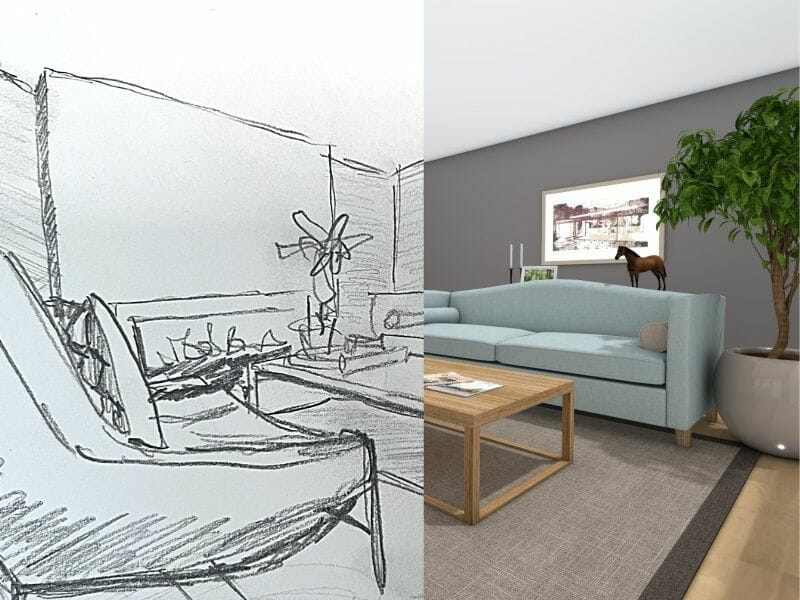
As we navigate the digital age, a pressing debate emerges in the design community: the timeless art of traditional interior design sketches versus the precision and versatility of modern computer software. This article delves into this discussion, exploring the merits and challenges of each method in the ever-evolving world of interior design.
The Importance of Visualization in Interior Design
Visualization stands at the heart of interior design, bridging a designer's imagination and the tangible realization of their ideas. Historically, visualization tools have been quintessential for conceptualizing space, presenting innovative ideas to clients, and ensuring the seamless execution of design concepts.
These tools transform abstract thoughts into something more concrete, allowing designers and clients to foresee the result, make adjustments as needed, and ultimately arrive at a design that aligns with the envisioned aesthetic and functionality.
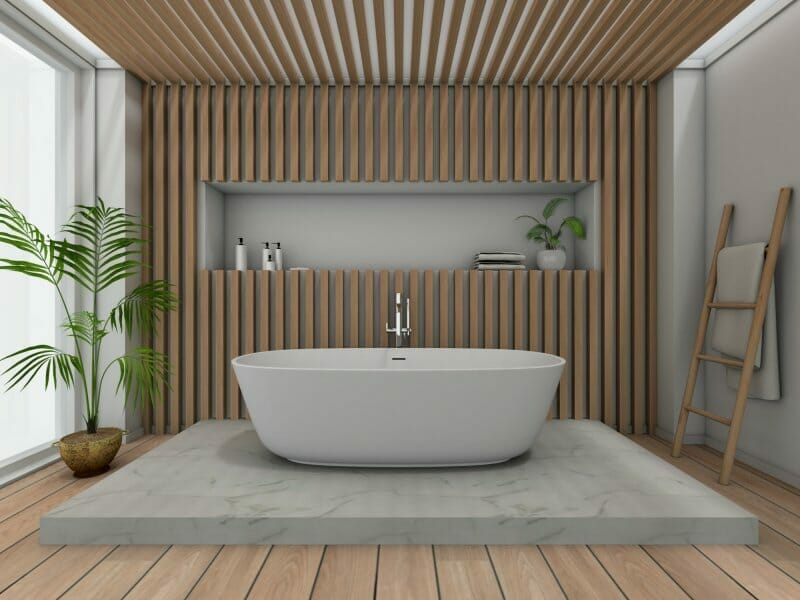
Traditional Interior Design Sketching: The Art of Hand Drawing
Traditional hand sketching in interior design offers undeniable benefits. It provides a distinct personal touch, with each sketch reflecting the designer's unique approach.
The tactile experience of pencil on paper often fosters intuitive and on-the-spot creativity, allowing designers to jot down ideas quickly. During this process, the direct connection between hand and brain can lead to unique and tailored designs, as no intermediary software influences the outcome.
However, there are also drawbacks to consider.
Hand sketching is often more time-intensive, especially when revisions are necessary. Its accuracy can be challenged, particularly when exact measurements or scale are essential. Additionally, traditional sketches cannot readily offer 3D visualizations or animations, limiting the depth and dynamism of design presentations, especially compared to modern digital tools' capabilities.

Computer Software: The Dawn of Digital Design
With the advent of digital technology, interior design witnessed a paradigm shift in its visualization methods. Computer software brought about a slew of benefits that revolutionized the design process. At the forefront is the unmatched precision and consistency that digital tools offer.
Unlike manual sketches, home design software ensures meticulous accuracy down to the finest detail. In a significant leap from 2D drawings, modern software introduces advanced 3D visualization capabilities, enabling designers to create immersive walkthroughs and even integrate virtual reality, offering clients a near-tangible experience of the proposed design.
The digital platform also facilitates smoother collaboration and sharing, allowing multiple stakeholders to view, comment, or modify designs in real time.
Furthermore, any changes or iterations can be implemented swiftly, eliminating the need to redraw entire layouts. However, as beneficial as computer software can be, it's not without its challenges. Many programs come with a steep learning curve, demanding time, and often formal training to master. Technical glitches, software updates, and compatibility issues can occasionally disrupt the design process.
Additionally, while the software can generate crisp and accurate visuals, there's an underlying concern about losing the personal touch and intuition that traditional sketching embodies. The risk is that designs could become overly standardized, missing out on the individual flair that often defines standout interiors.
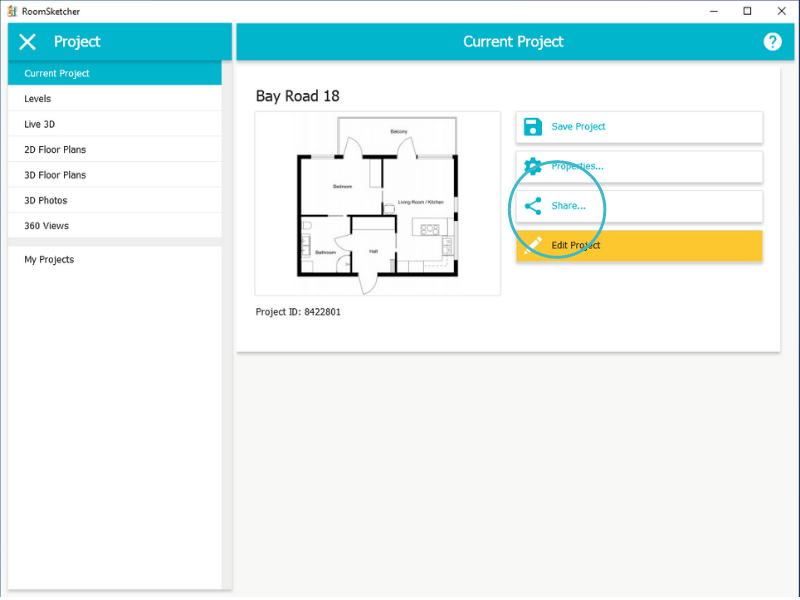
Blending the Two: Finding a Middle Ground
In today's dynamic design landscape, many designers are discovering the synergy achieved by marrying traditional sketching with digital tools.
Rather than viewing them as competing methods, they seamlessly integrate both into a holistic workflow. For instance, a designer might initiate a project using hand sketches to quickly capture the spontaneity of an idea, capitalizing on the immediacy and intuitive nature of traditional drawing. These foundational drawing skills remain paramount, not just for their inherent creativity but also because they instill an irreplaceable understanding of space, scale, and perspective.
Once the initial concept is laid down, digital tools come into play, refining and enhancing these hand-drawn designs. Software solutions, like RoomSketcher, can transform a basic sketch into a detailed, three-dimensional visualization, complete with accurate measurements and realistic textures.
This integration offers clients the best of both worlds: the authenticity and individuality of hand sketches and the precision and immersive experience of digital designs. By finding this middle ground, interior designers are equipped with a versatile toolkit that caters to varying project needs and client preferences, ensuring both creativity and accuracy are always at the forefront.

The Future of Interior Design Visualization
The horizon of interior design visualization is expanding rapidly with emerging technologies poised to redefine how designers conceptualize and present their ideas. Augmented reality (AR) and virtual reality (VR) lead the charge, both offering transformative potential.
With its ability to superimpose digital designs onto real-world settings, AR allows clients to "experience" how proposed furnishings or decor elements would look in their actual spaces. VR creates entirely immersive environments, enabling users to "walk through" a design concept, feeling the spatial dynamics firsthand.
The rise of AI-powered design tools also heralds a future where software can suggest layouts, color palettes, and furnishings based on user preferences, previous designs, or trending styles.
Yet, as we stand at the precipice of this technological evolution, the irreplaceable value of the human touch in interior design remains unwavering. While tools and technologies facilitate and enhance visualization, the essence of design—its creativity, intuition, and emotional resonance—emanates from the human spirit.
As promising as it appears with its suite of digital advancements, the future will still hinge on the designer's unique perspective, ensuring that every created space tells a distinct story, regardless of the tools employed.

Turn Your Interior Design Sketches into 3D
While traditional sketching harks back to its roots, celebrating design's raw, intuitive essence, digital tools optimize precision, efficiency, and immersive experiences. Together, they encompass the full spectrum of design's potential, catering to every stage, from conception to realization.
For those eager to harness the best of both worlds, the RoomSketcher App stands out as a notable addition to any designer's toolkit. As we navigate the ever-evolving landscape of interior design, it's not about choosing one over the other but about appreciating the unique strengths each brings to the table. So, embrace the blend and let your designs shine with unparalleled distinction.
Don't forget to share this post!
Recommended Reads
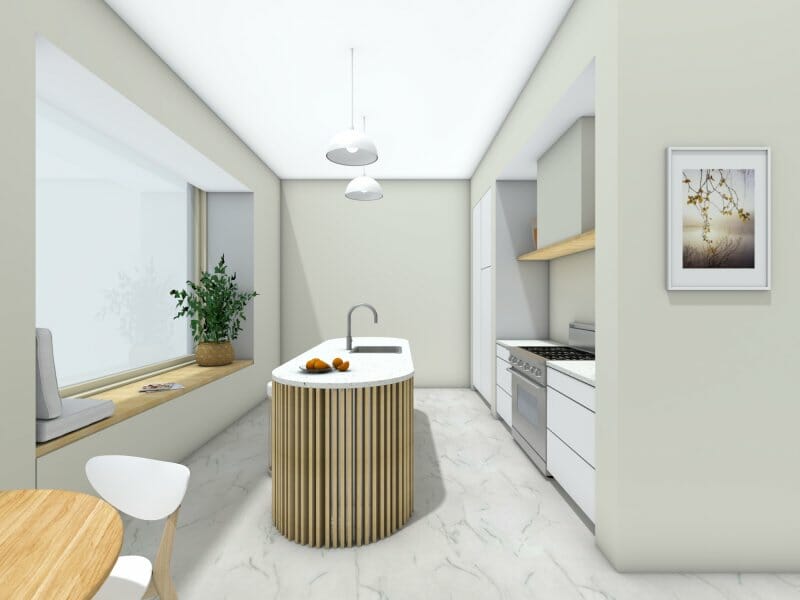
Secrets to a Successful Interior Design Installation Day
Make your interior design installations more efficient using RoomSketcher online 3D home design software.
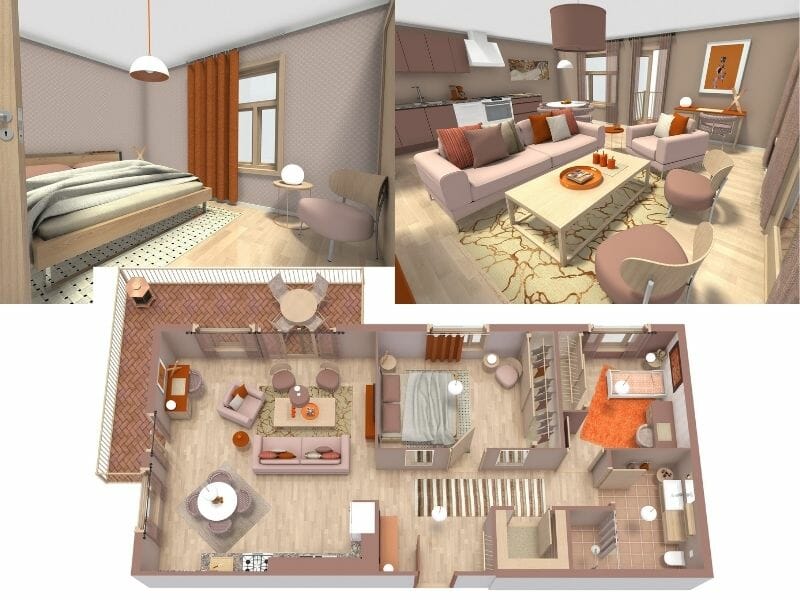
Interior Design Presentations: The Secret to Winning More Clients
Create professional 3D interior design images and interactive project presentations online- quickly, easily and affordably using the RoomSketcher App!
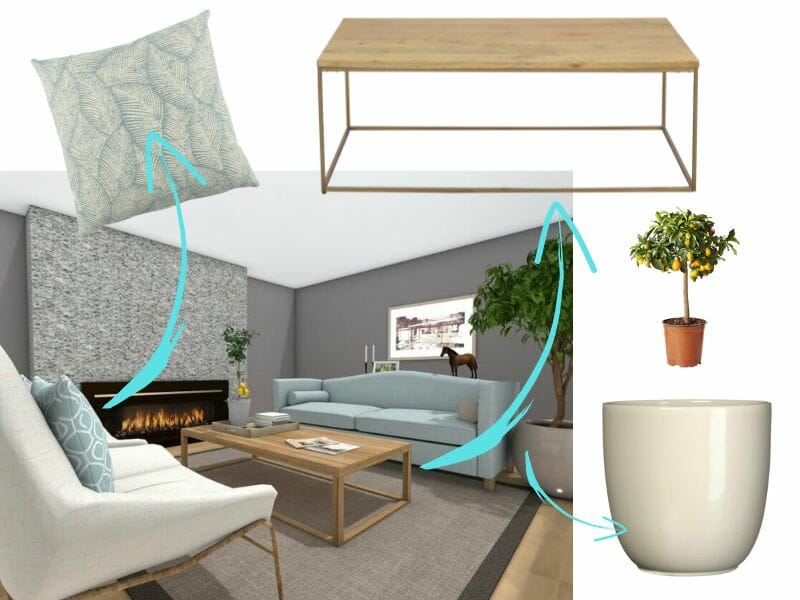
The Ultimate Guide to Interior Design Product Sourcing
Take your interior design product sourcing to the next level with RoomSketcher 3D Home Design Software.
